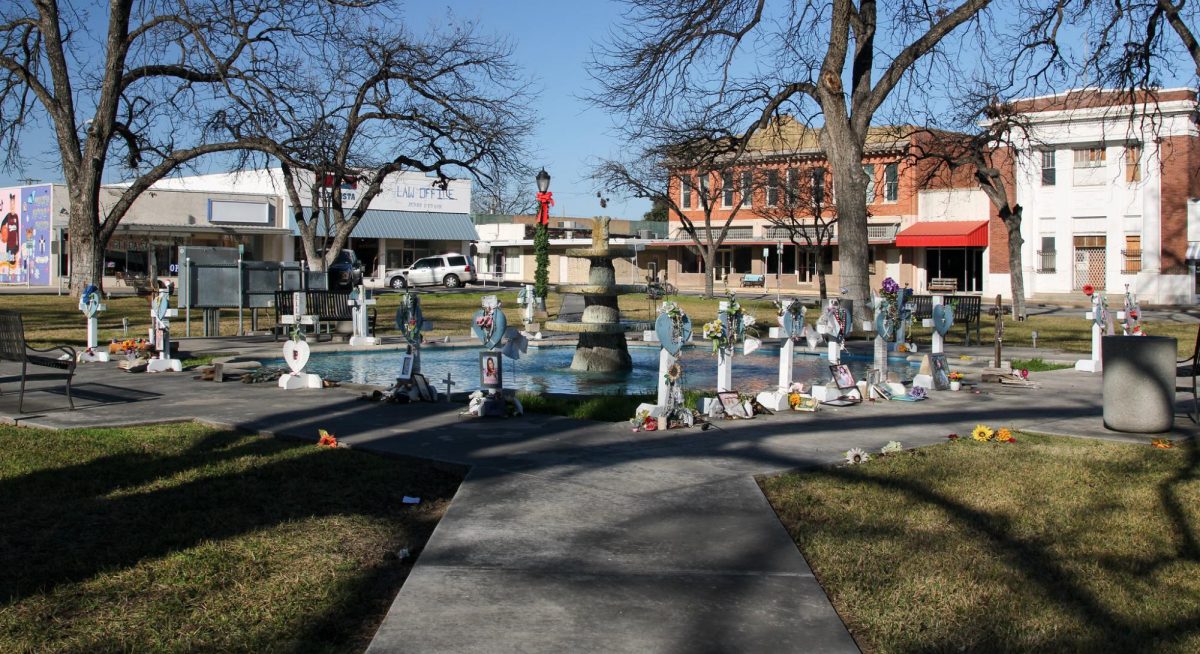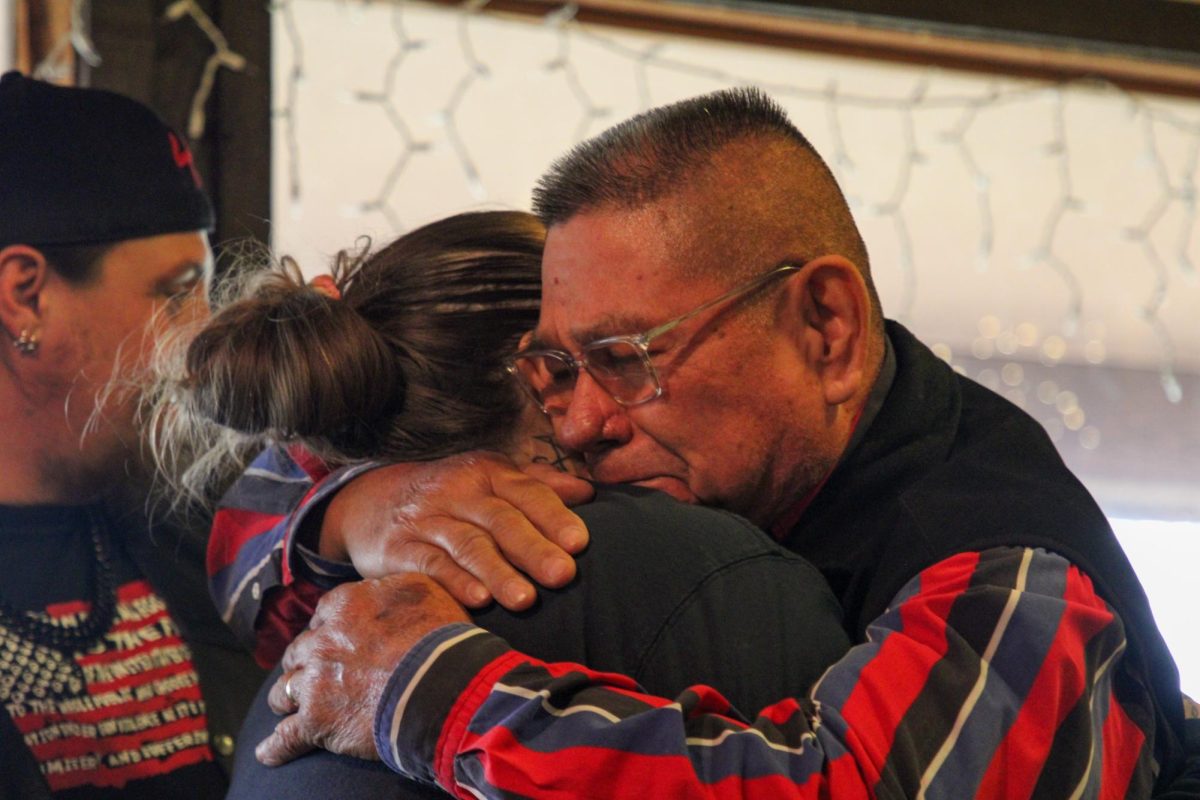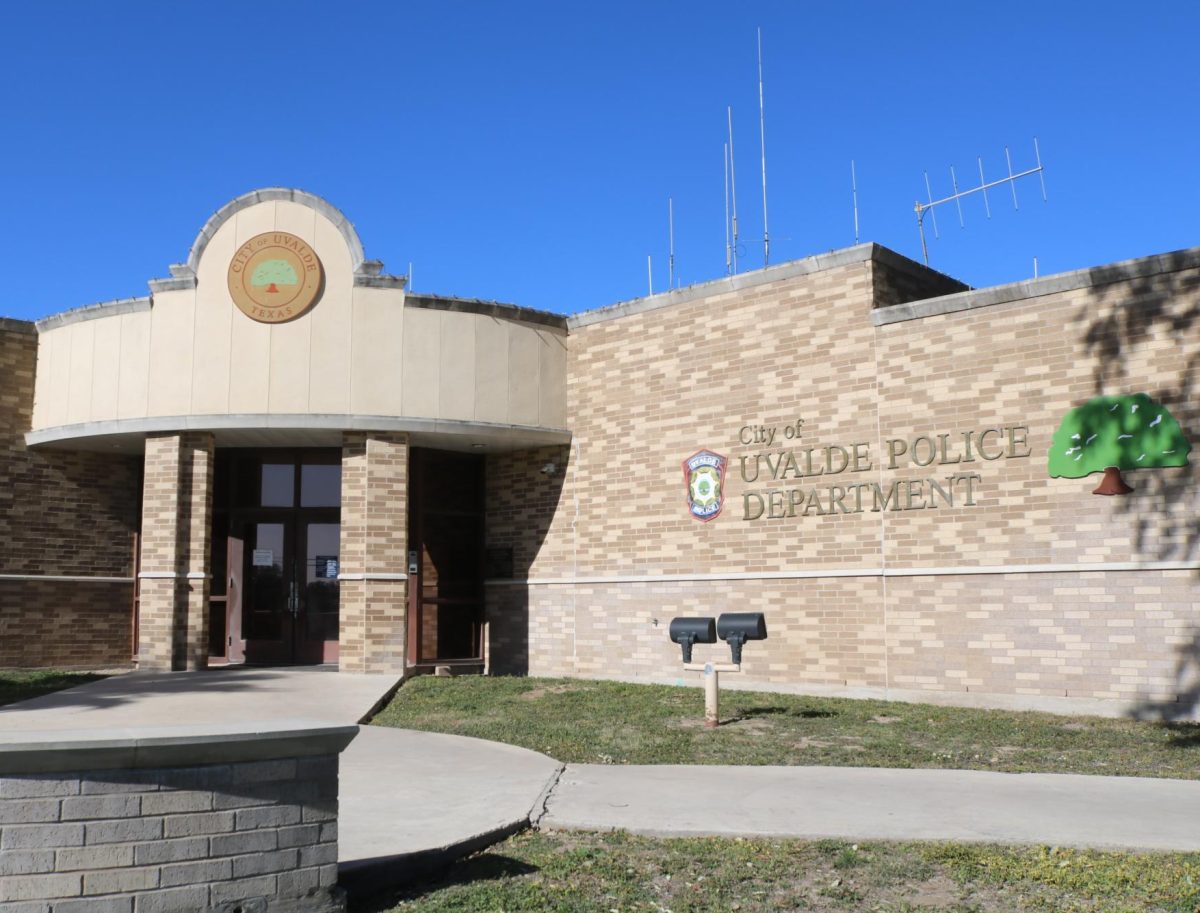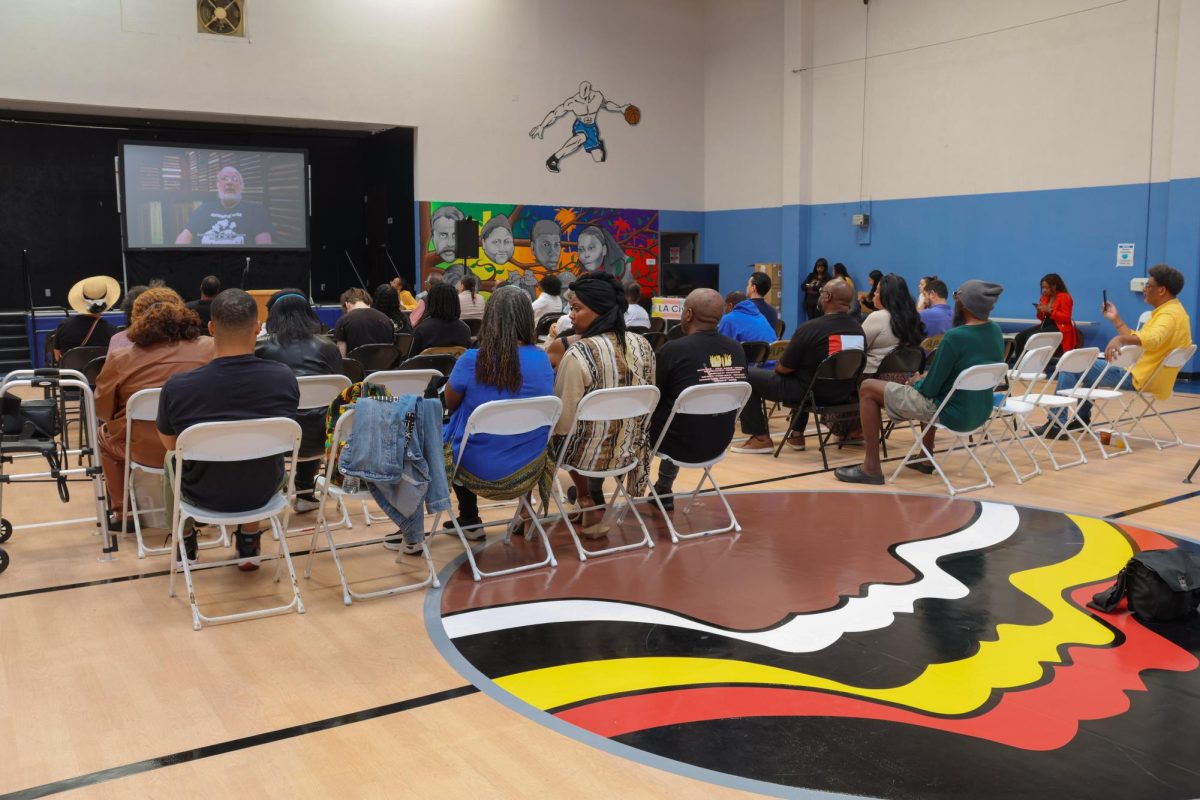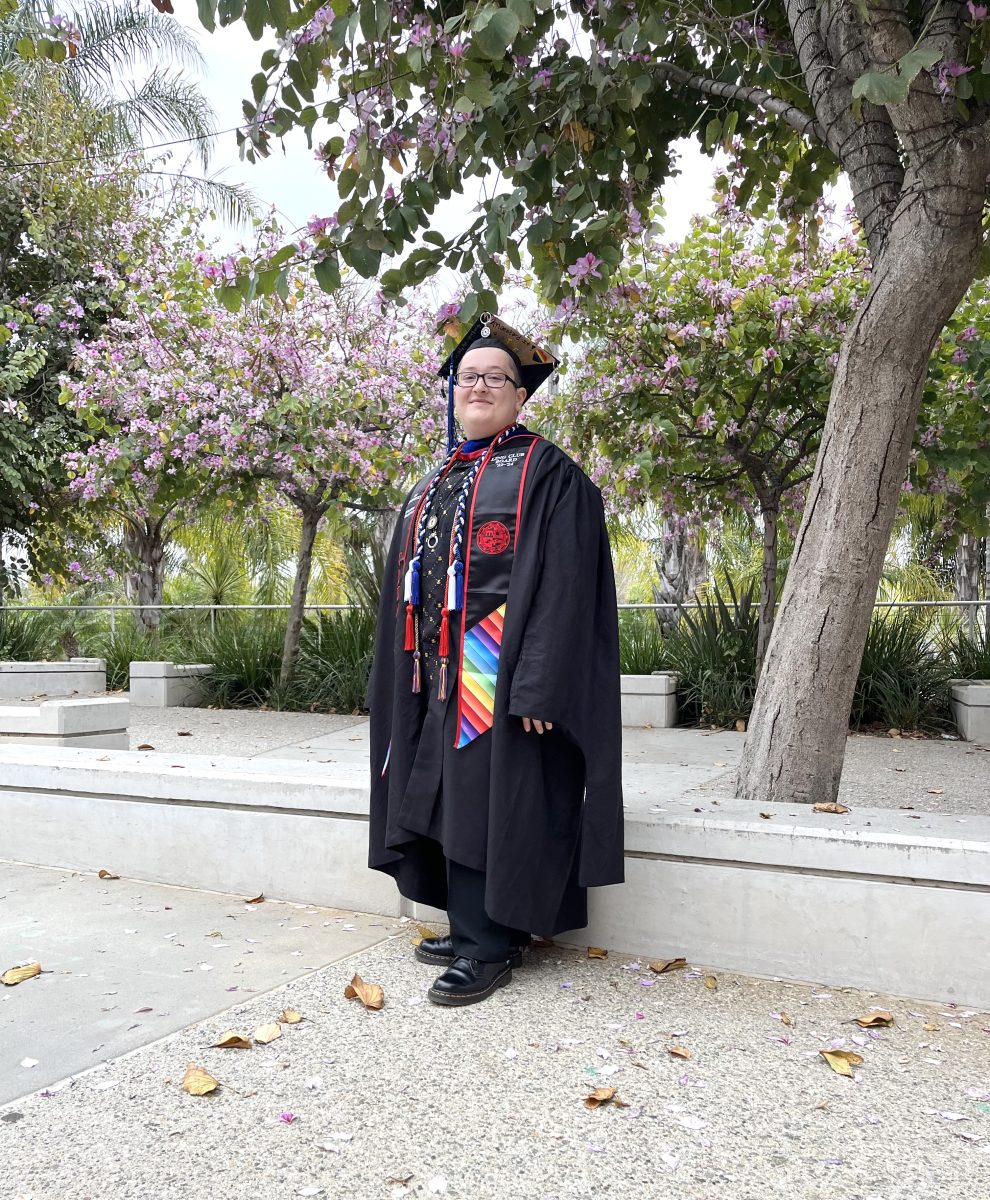Emergency notifications were sent to students over an hour after police received reports of a suspected gunman on campus Tuesday, and CSUN police said the delay was caused by concern over the situation itself.
“I think what happened was that we were very focused on the fact that we had a person with a gun,” said Ann Glavin, CSUN police chief. “And it sidetracked people from looking at the messaging issue in the time that had elapsed, because things unfolded very quickly.”
Glavin said the department should have reacted faster and notified students sooner.
“It should have taken us less time, but we’re looking at that,” Glavin said. “I would like us to do it quicker. Normally we do those things quicker.”
First notifications, which students began receiving at about 11:45 a.m., reported the event started at 10:27 a.m., but the daily crime log published by CSUN police noted authorities were informed of a possible gunman at the Oviatt Library at 10:14 a.m.
Campus police received the call at 10:14 a.m. and arrived at the Oviatt Library 10:17 a.m., said Christina Villalobos, campus police spokeswoman.
Information from automatic recorders, computer-inputted data and field notes had to be taken into consideration to find the correct time, Glavin said.
“The time of 10:27 a.m., as I understand it, was actually when the operation captain was informed by the field supervisor, Glavin said. “So it’s an accurate time for one phase of what we were told, but that’s not the appropriate (time).”
CSUN police are still investigating the incident itself as well as the the official timeline, she added.
Students expressed confusion as to why the Oviatt Library was closed while the rest of campus was open. At the time, police said they were unaware of the suspect’s location.
Students “weren’t in danger, because the library was being evacuated,” Glavin said.
But the thought of a gunman on campus did not scare a few students.
“Once I started getting constant updates, I didn’t feel the need to go home,” said Jesse Campos, mechanical engineer major. “I came at 9 (a.m.) and I stayed until 6:45 (p.m.).”
Senior Theresa Shreffler felt the same and said she thinks authorities did a good job.
“I felt really safe,” the English major said. “I didn’t think that it was something that couldn’t be handled.”
The term lockdown became part of the public’s vocabulary amid the confusion, but it only applies to K-12 schools, because they have defined borders, Glavin said.
“Lockdown is a highly misused term, particularly in colleges and it really irritates me,” Glavin said.
Universities do not lockdown because campuses are large and usually difficult to contain, Glavin said. CSUN’s contingency for serious situations is known as shelter-in-place.
“Essentially what this means is stay in your building, don’t go out,” she said. “If this was an active shooter situation, (like) Virginia Tech, we would’ve told people just that.”
The campus has no clear-cut way of determining what constitutes a shelter-in-place, though.
“There’s no cookie cutter for it,” Glavin said. “Those are judgments being made in the moment by the people in charge of the situation. There’s a fine line in these incidents between panicking the heck out of people and doing due diligence to solve a crime.”
Solving Tuesday’s incident required CSUN police to call in assistance for their search of the suspect, bringing California Highway Patrol (CHP) and LAPD to campus.
There were reports of the FBI arriving on campus, but Glavin said “at no time were they involved in the incident.”
“The FBI just dropped by to say hello,” she said.
Though CSUN brought in two other agencies to aid in the search, Glavin said the campus will not likely incur any costs thanks to mutual aid among first responders.
“In this case, I doubt we’re going to get charged, but if we do, then I’ll deal with that,” she said.
If the department does get charged for the service, it could take weeks before they find out, Glavin added.
When the initial notification was sent out, the message described the suspect as a white male of possible Middle Eastern decent, but was later removed in their following updates.
“I don’t know how you could be both white and Middle Eastern decent,” Glavin said. “Probably at some point, somebody said that. I think it was a mix-up having both and they didn’t catch it.”
